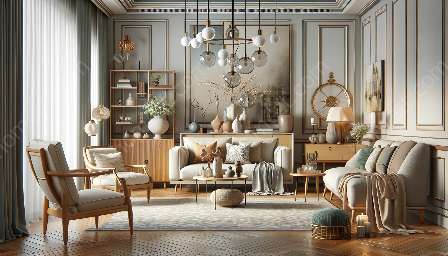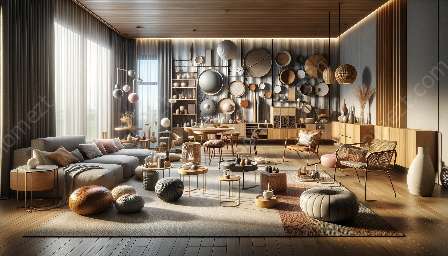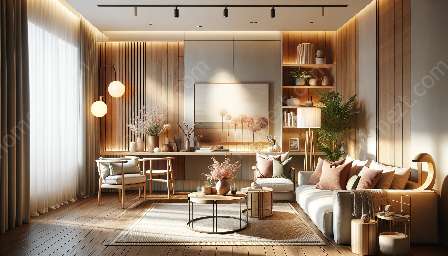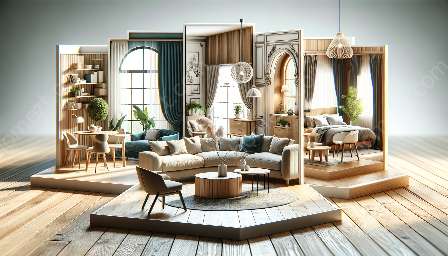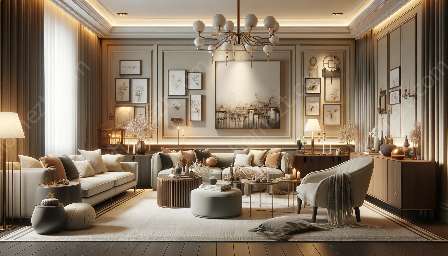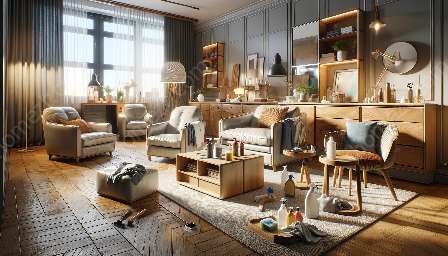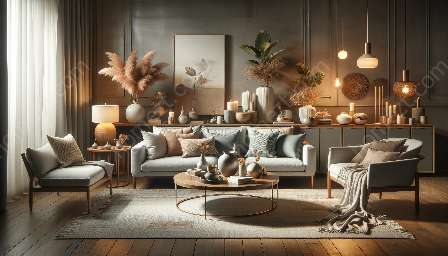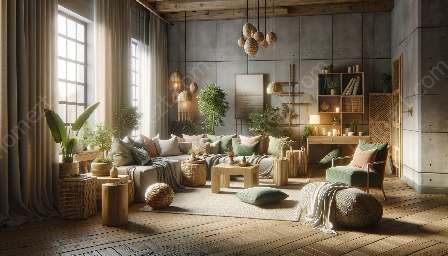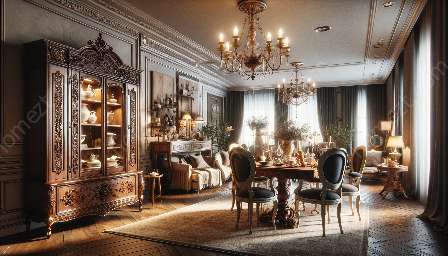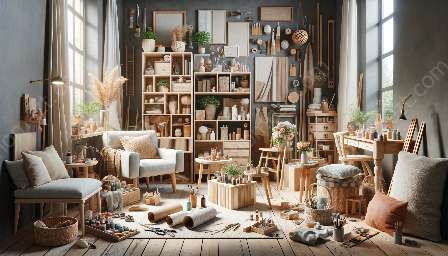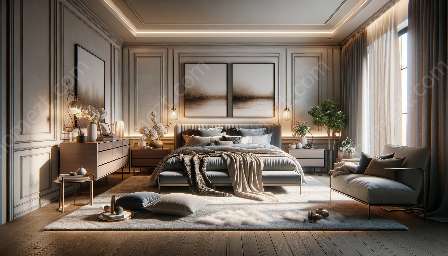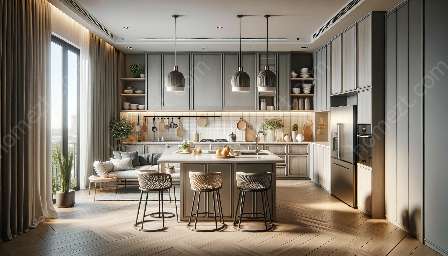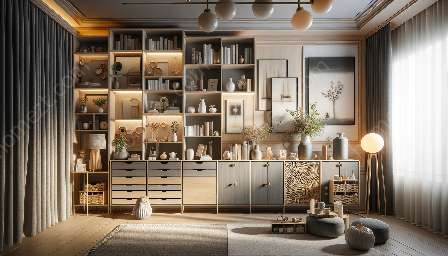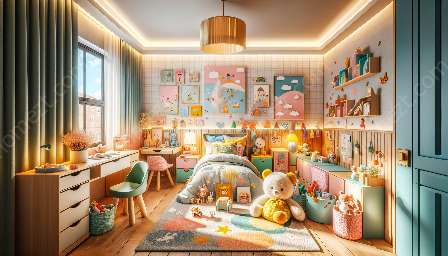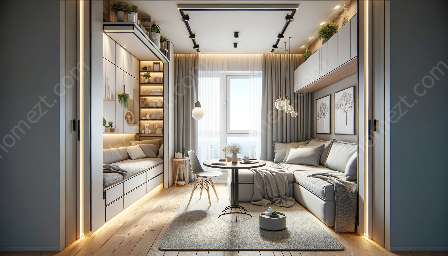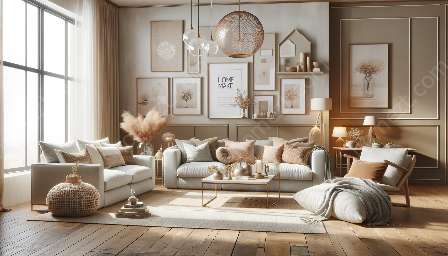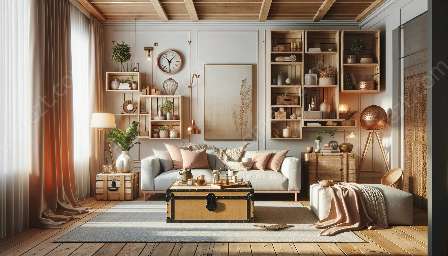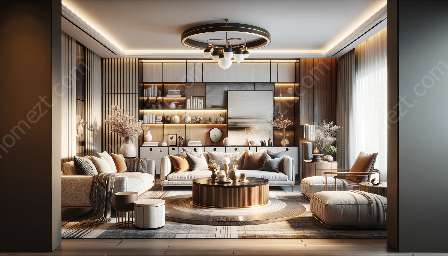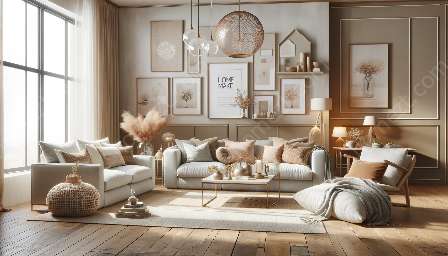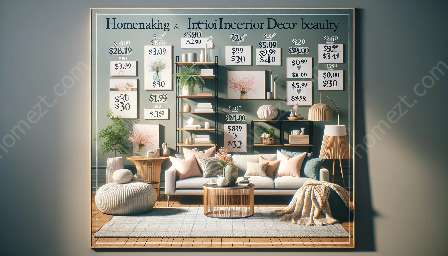Furnishing a child's room involves more than just choosing smaller-scale versions of adult furniture. It requires creativity, practicality, and a deep understanding of a child's needs. This guide to children's furniture covers a range of topics, from selecting the right pieces to integrating them into your home's overall decor.
Understanding Children's Furniture
Children's furniture is designed to prioritize safety, comfort, and functionality. As kids grow and develop, their furniture should adapt to their changing needs. Pieces such as beds, cribs, desks, chairs, and storage solutions are essential in creating an environment that nurtures play, learning, and rest.
Choosing the Right Pieces
When selecting children's furniture, it's important to consider the age and preferences of your child. For young children, cribs that convert into toddler beds or twin beds offer longevity and value. As kids get older, beds with storage or study desks become beneficial. Chairs and tables designed for children should be sturdy, ergonomic, and colorful to encourage creativity and productivity.
Blend with Your Home Decor
Children's furniture doesn't have to look out of place in a well-designed home. Many furniture manufacturers offer children's collections that coordinate with adult pieces, ensuring a cohesive look throughout your living spaces. Consider harmonizing colors, styles, and materials to seamlessly integrate your child's furniture with the rest of your home decor.
Functional and Stylish Storage
Storage is a critical aspect of children's furniture, as it helps keep a child's room organized. Look for dressers, bookshelves, and bins that are not only practical but also visually appealing. Incorporating fun and imaginative storage solutions can make tidying up a more enjoyable task for kids.
DIY and Customization
Personalizing your child's furniture can be a rewarding project. From painting chairs in vibrant colors to adding decals or customizing storage units, DIY projects can add unique touches to the space. Moreover, involving your child in these projects helps cultivate their creativity and sense of ownership of their surroundings.
Creating a Child-Friendly Space
When designing a child's room, safety and functionality should always be at the forefront. Furniture should be sturdy and free of sharp edges, and the layout of the room should allow ample space for play and movement. Consider incorporating whimsical elements like themed rugs, wall decals, and playful lighting to inject a sense of fun and imagination into the room.
Conclusion
Children's furniture is a world of endless possibilities, where creativity, practicality, and style converge. By understanding the needs of your child and blending them with your home's decor, you can create a space where kids can thrive, play, and grow.

